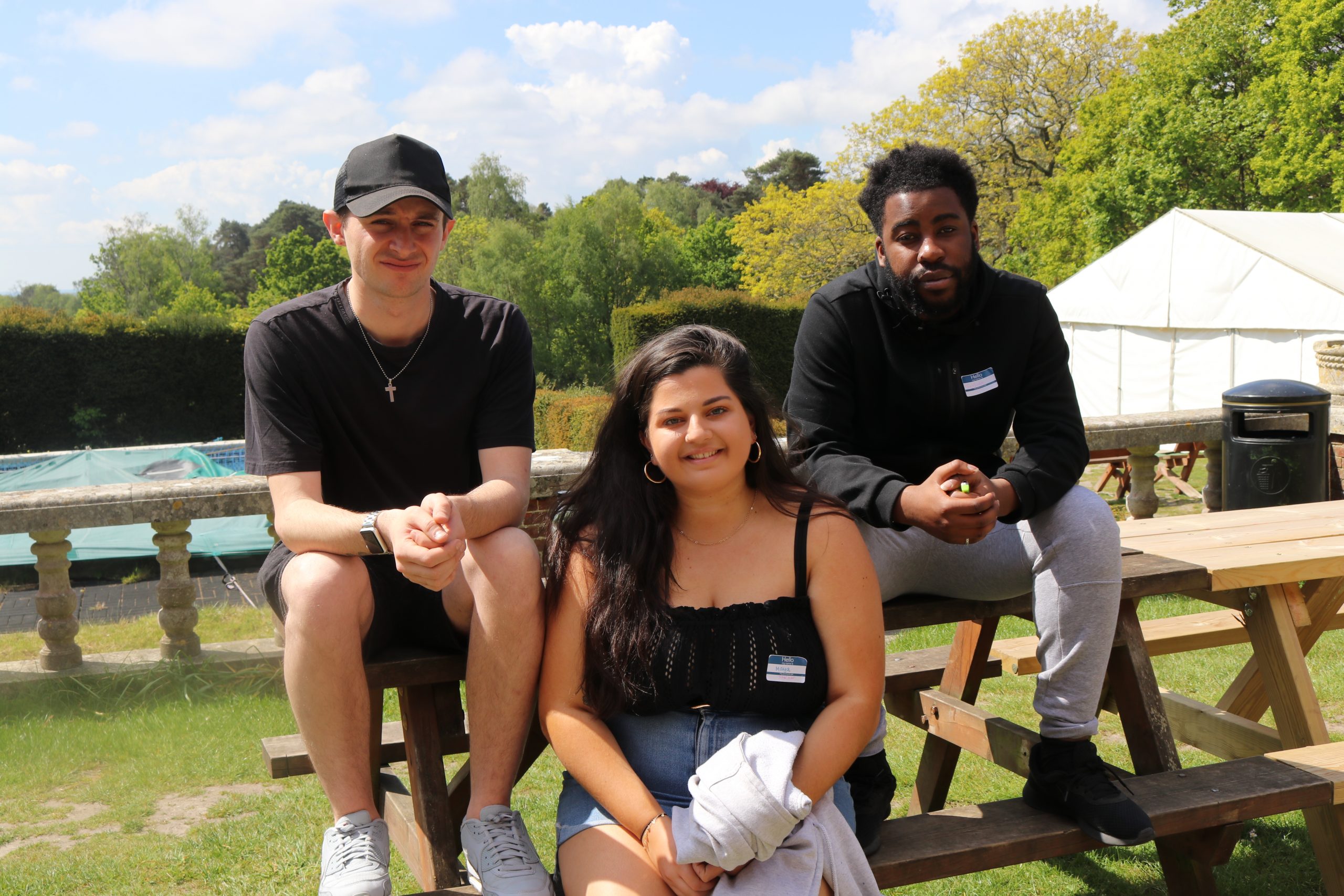New approaches for research into serious violence against young people
26 November 2019
- Blog
- Latest news
- News

Serious violence against young people has sadly become a regular feature in the news cycle. According to ONS figures, police-recorded knife crime increased by 71% between 2014 and 2018, and the number of murder victims aged 16 to 24 rose by 45% in the year to March 2018 (ONS, 2019).
Although there have been many attempts to understand why there is an increase in serious violence against young people, well-intentioned research has often lacked the essential component – the active participation and involvement of young people themselves.
To address this gap, UK Youth partnered with My Life My Say, Mobilise Public Ltd, Dartington Service Design Lab and Councillor Hamza Taouzzale – all supported by The National Lottery Community Fund – to get the insights of young people. We wanted to understand not just what young people think causes serious violence but also what they identify as the solutions and how their suggestions align to existing research.
Working with local youth organisations in 6 locations across England, we spoke to 123 young people who had personally experienced serious violence against young people.
This work highlighted the importance of understanding both the national and local environment with young people identifying a range of contributing factors and potential solutions.
Social divisions, financial troubles, and substance misuse were factors which played a part across numerous locations suggesting that some common interventions could fulfil a valuable role. Young people identified high-quality support, provision of youth-focused activities and positive role models as the interventions that could make a real difference.
However, participants also identified factors that were specific to their locations. For example, gang membership was a key issue in Wolverhampton whereas online escalation of tensions was a focus in Newcastle. Similarly, the young people requested interventions that met the local needs, such as weapon amnesties in London and more support for parents in Bristol.
Another point repeatedly heard throughout the programme was the need to engage a range of stakeholders in any response to serious violence against young people. The young people themselves are clearly critical – as are youth workers, as a trusted and responsible adult who can offer support outside the structures of school or family. But all groups who engage with young people have a part to play in informing a response and driving the change, be that the police, housing associations, schools, social and health care providers, families and the wider community.
Using peer-to-peer, active listening approaches, proved a powerful model of youth engagement, providing insights which could not have been gained from the existing research alone. Youth involvement and influence, from programme inception, through to design and rollout, delivery, impact, and evaluation were not just an afterthought; it was critical to the success of this work. And while this programme was focused on the issue of serious violence against young people, the model piloted here could successfully be used to support programmes tackling a host of other problems, such as unemployability or poor mental health amongst young people.
We hope that our report can be a positive step in informing further discussion between national and local stakeholders working together, building an evidence base and insights from the young people at the heart of this issue.